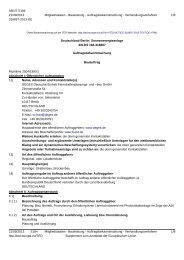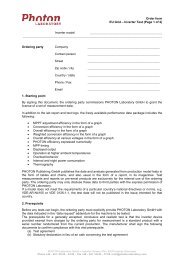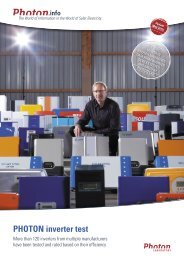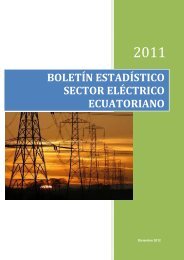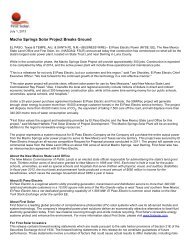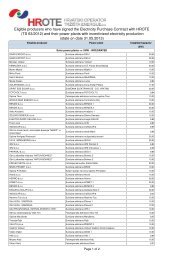INTRODUCTORY SPECIAL INTRODUCTORY ... - PHOTON Info
INTRODUCTORY SPECIAL INTRODUCTORY ... - PHOTON Info
INTRODUCTORY SPECIAL INTRODUCTORY ... - PHOTON Info
Create successful ePaper yourself
Turn your PDF publications into a flip-book with our unique Google optimized e-Paper software.
If you think you know more than<br />
your contractor, maybe you should be<br />
thinking about another contractor.<br />
and there are expensive components, and<br />
there are reasons to buy both.<br />
Brooks says even well established in-<br />
stallers don’t always offer this much infor-<br />
mation, but consumers should ask. If the<br />
answer is price, Brooks says, »Okay, that’s a<br />
good reason. That’s a reason. If that’s your<br />
only reason, then that’s not good enough.«<br />
Answers that describe the installer’s expe-<br />
rience with the manufacturer, or present<br />
results of independent studies on the prod-<br />
ucts, are a better indication the installer<br />
knows what they’re doing.<br />
The three most important system com-<br />
ponents are of course the most variable:<br />
the panels, the inverter, and the mounting<br />
system. Brooks says that while cabling or<br />
switches are often not described in as much<br />
detail, this need not be a deal-breaker. But<br />
you should expect precise information on<br />
manufacturers or models for the three most<br />
important components, at the very least.<br />
(3.) Add-ins and extras<br />
Aside from the essential system com-<br />
ponents, there are plenty of extra ser-<br />
vices an installer may require, or opt<br />
to provide, depending on the site and<br />
the customer. These include things like<br />
scaffolding and additional measures for<br />
grounding, or overcurrent protection. A<br />
good installer will address these topics,<br />
November 2009 85<br />
»<br />
offer solutions where needed, and include<br />
them in the proposal as an explanation<br />
of extra costs.<br />
An important safety net for the con-<br />
sumer in this case, Brooks says, is the con-<br />
tract: »The contract should be for a fully<br />
operational, installed system that has<br />
passed both local jurisdiction and util-<br />
ity inspections. Period. No hidden costs.«<br />
So before you go digging for engineering<br />
technicalities, or possible problems, just<br />
check the contract for fine print.<br />
If the system needs an addition after<br />
the materials have been delivered, or fol-<br />
lowing the city’s inspection of the plans,<br />
the burden is on the installer to get the<br />
system on grid and producing the prom-<br />
ised energy yield at the promised price.<br />
Thus, it’s in the installer’s interest to be<br />
as specific as possible about what extras<br />
come with the system.<br />
Brooks adds another word of caution<br />
when it comes to the installer’s responsi-



